By: Haley Gamertsfelder
Environmental Science and Technology, Natural Resource Management
Environmental Science and Technology, Natural Resource Management
“What is so important about a butterfly” is one of the questions overheard on good neighbor day when moral was running low. After a couple of hours of tedious planting and fence building, the volunteers were right in wondering what their efforts were for. Ecosystems are called systems for a reason they have intertwining, interlacing, functioning parts where one would not exist without the other. The university of Maryland campus is in itself an ecosystem; we have trees shrubs, flowers, grasses, insects, mammals, birds, and some amphibians and reptiles. Each one of these things interacts with another. Prince George's county, where UMD sits used to be home to the state insect of our university's’ namesake, The Baltimore Checkerspot Butterfly. It is now long gone, and only exists in 7 counties out of Maryland's’ 24. The vanEngelsdorp Honeybee lab as part of the Department of Entomology on Campus started a conservation effort in 2015 to bring this species back to the UMD ecosystem. With the generous donations, funding and grants received we were able to move forward with this project in big ways this semester.
White turtlehead plants are the required host species for the checkerspots. We were able to order 1,400 turtleheads this semester and plant them in various spots across campus as an monumental step in creating a safe habitat for the checkerspots. White turtleheads require most soils typical of wetlands. We planted along stream and ponds banks to ensure their growth. Most of our planting was done on April 1st, 2017, Good Neighbor day with the University of Maryland and with the stellar help of almost 100 volunteers. We are grateful to each and every one of those volunteers.
White turtlehead plants are the required host species for the checkerspots. We were able to order 1,400 turtleheads this semester and plant them in various spots across campus as an monumental step in creating a safe habitat for the checkerspots. White turtleheads require most soils typical of wetlands. We planted along stream and ponds banks to ensure their growth. Most of our planting was done on April 1st, 2017, Good Neighbor day with the University of Maryland and with the stellar help of almost 100 volunteers. We are grateful to each and everyone of those volunteers.
We are in this project for the long haul. Since starting the project in 2015, we have been able to raise awareness and consciousness in the importance of conservation. The turtleheads will need to grow for about a year before they are mature enough to offer suitable support for the checkerspots. We at the lab have some decisions to make regarding whether or not we will hand rear the checkerspot caterpillars ourselves or source them from a local organization that have been successful in their rearing. But what is science without trial and error.
Myself and the Baltimore Checkerspot Conservation project in part with the University of Maryland Entomology Department (specifically vanEngelsdorp Honeybee Lab) would like to thank all of the volunteers that have aided in our efforts. I would like to personally thank the lab and Emily for bringing me on this project this semester. I am very proud of the work done this semester, being able to walk by the Xfinity center and see the turtleheads growing has been inspiring to keep momentum going on the project. If you have any interest in becoming involved in this or other important pollinator projects I urge you to contact the lab.
Myself and the Baltimore Checkerspot Conservation project in part with the University of Maryland Entomology Department (specifically vanEngelsdorp Honeybee Lab) would like to thank all of the volunteers that have aided in our efforts. I would like to personally thank the lab and Emily for bringing me on this project this semester. I am very proud of the work done this semester, being able to walk by the Xfinity center and see the turtleheads growing has been inspiring to keep momentum going on the project. If you have any interest in becoming involved in this or other important pollinator projects I urge you to contact the lab.

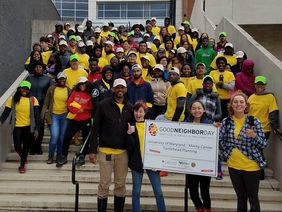
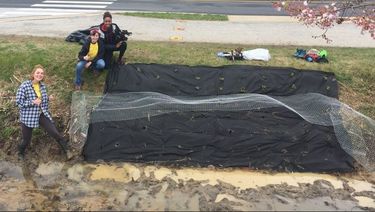
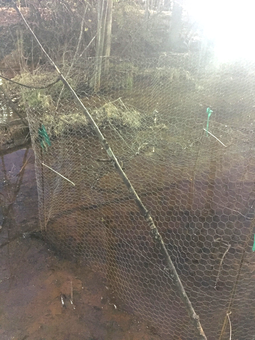
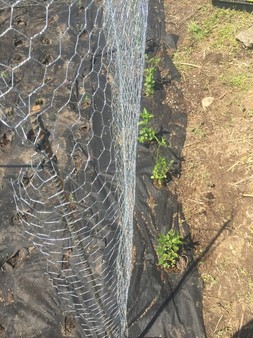
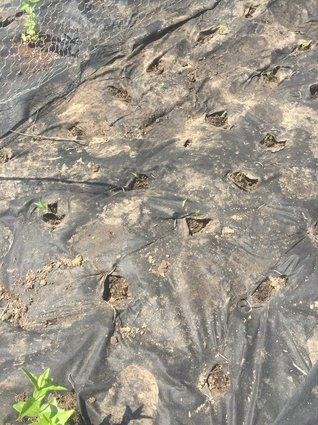
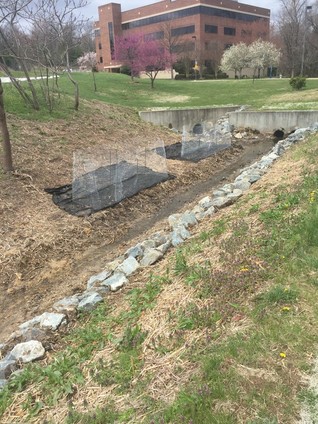
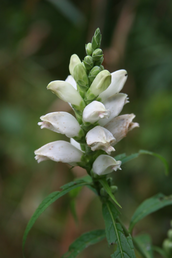
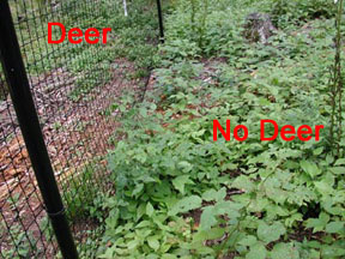
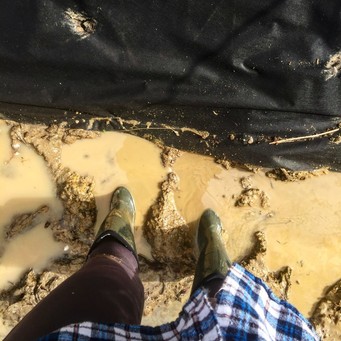
 RSS Feed
RSS Feed